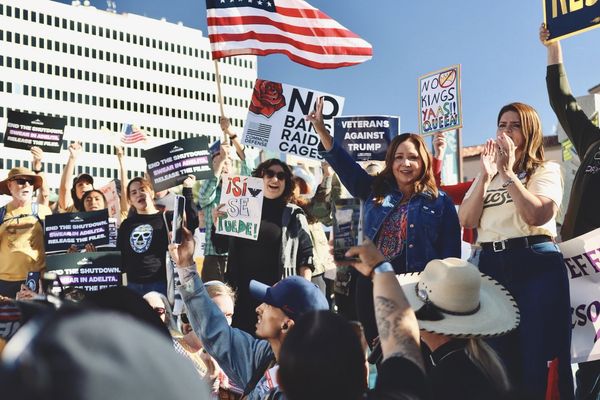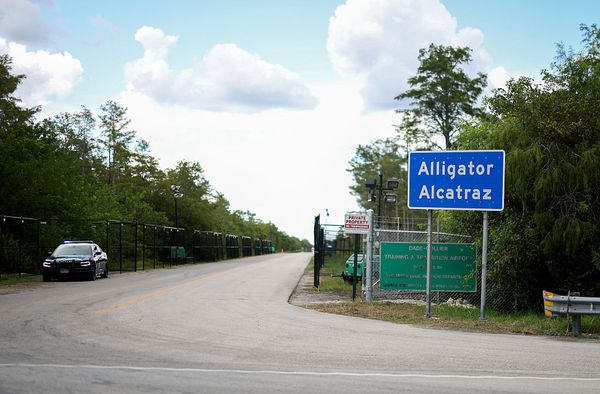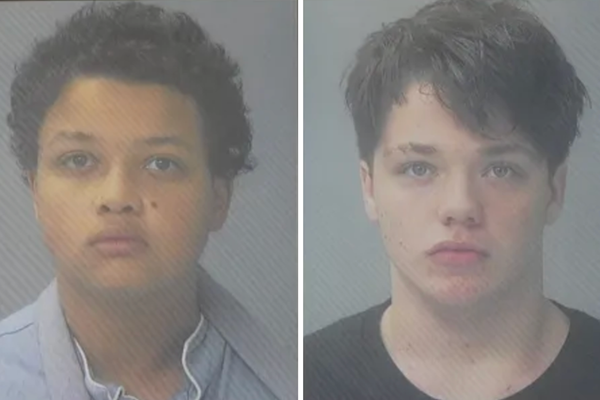Were it not for Hulk Hogan, who died today at the age of 71, it is unlikely that professional wrestling would be the multibillion-dollar entertainment powerhouse it is today.
The Georgia-born wrestler, actor, television personality and businessman helped elevate the field of sports entertainment beyond bingo halls and public access television, and turn it into a globe-spanning, stadium-filling, merchandise-selling behemoth.
While he was marred by controversy and poor business decisions in his final years, it is no exaggeration to say that without Hulk Hogan, an entire form of entertainment simply would not exist in any meaningful capacity.
Clad in his trademark red and yellow, and sporting an impressive frame (according to Hogan’s former wrestling colleague, Bret Hart “6ft 8 and 24-inch pythons”), the six-time World Wresting Federation (WWF, later WWE) champion main-evented several WrestleManias, helped launch rival promotion World Championship Wrestling (WCW), numerous films and animated TV shows, and launched thousands of toys, clothes and other products with nothing but his otherworldly charisma and talent as an entertainer.
Hogan, whose real name was Terry Gene Bollea, was born in 1953 to a construction foreman father and dance-teacher mother. As a child, he looked up to fellow wrestling legends Dusty Rhodes and “Superstar” Billy Graham, the latter of whom was the inspiration for Hogan’s own look and persona.
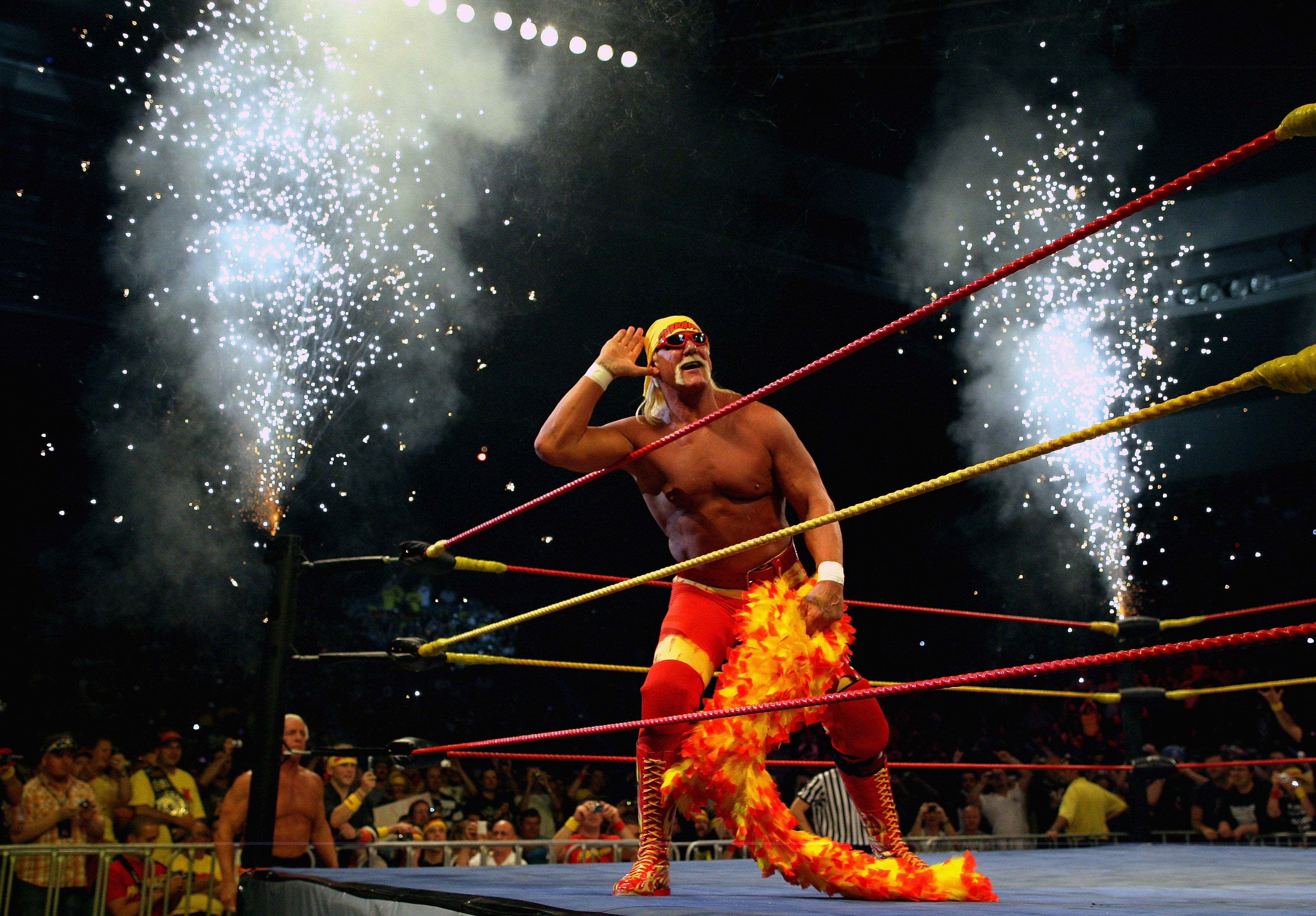
Hogan was first scouted in 1976 by Jack and Gerald Brisco, two brothers who wrestled as a tag team. In his first training session, Hogan’s leg was broken by Hiro Matsuda, almost ending his career before it even began. However, Hogan was back in the ring 10 weeks later, and upon facing Matsuda again, managed to block the move that broke his leg during their first encounter.
After spending the next several years wrestling across different territories, Hogan joined WWF on a full-time basis in 1983. It didn’t take long for Hogan to rise to the top of wrestling superstardom, winning his first WWF championship from The Iron Sheik, the following year.
For much of the next decade, Hulkamania ran wild, as wrestling fans everywhere became enchanted by the blonde behemoth’s signature red and yellow costume, impossible build, and magnetic personality. He main-evented a string of WrestleManias, including the iconic WrestleMania III, which saw the Hulkster body slam long-time rival Andre the Giant in front of a crowd of around 80,000 in the Pontiac Silverdome.
But it wasn’t just the wrestling ring where Hogan found fame.
The wrestler’s popularity saw him appear in a number of feature films and television series, beginning with a cameo role as “Thunderlips” – a villainous inversion of his wrestling persona – in 1982’s Rocky III.
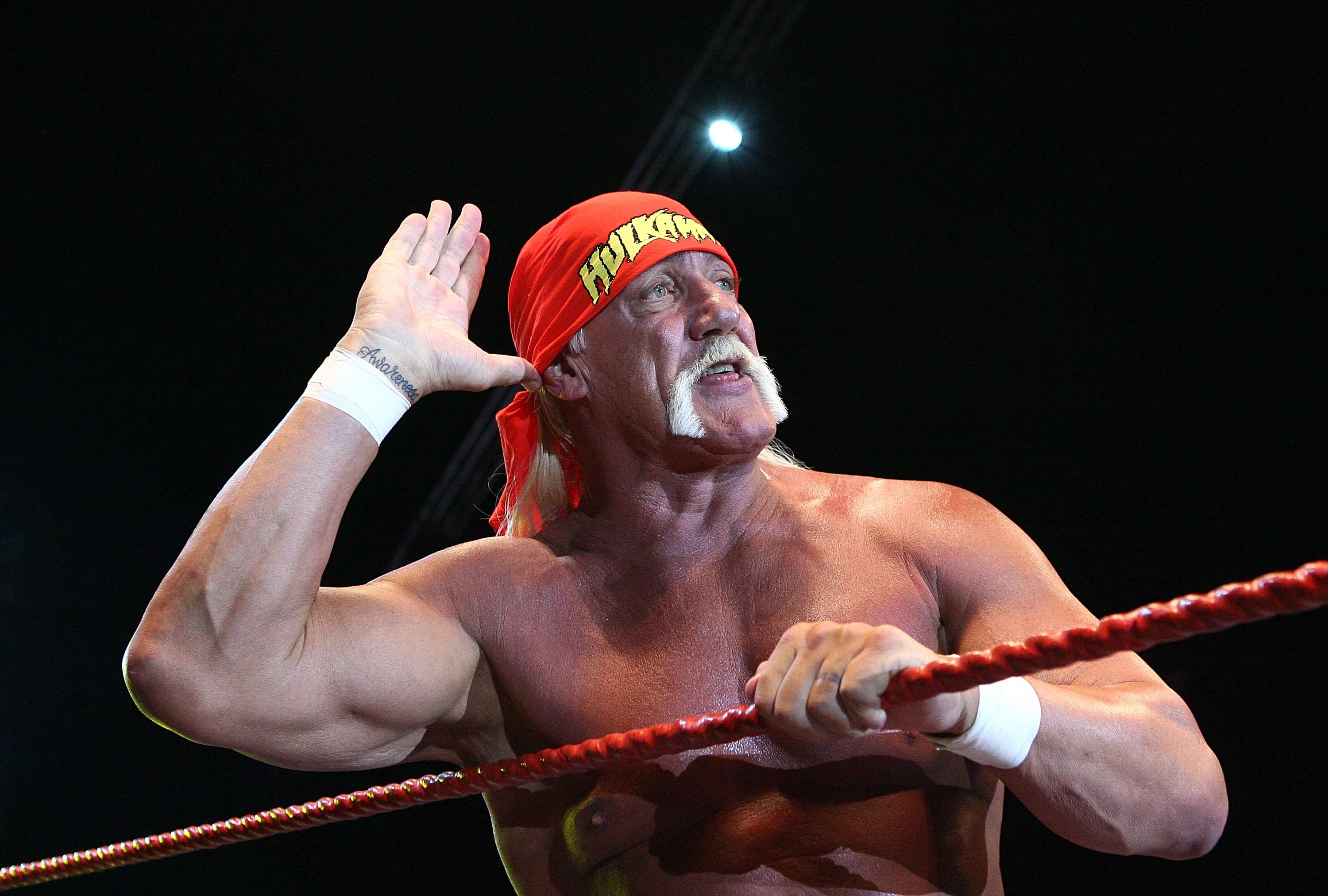
He went on to play a leading role in several movies, including Suburban Commando, Mr Nanny, Santa with Muscles, and Thunder in Paradise, the latter of which was spun off into its own TV show with Hogan in the starring role. Hogan was also the subject of several cartoons and video games, and even starred in the reality television show Hogan Knows Best along with the rest of his family in the mid-to-late 2000s.
In the mid-1990s Hogan left WWF for WCW, where he helped form the promotion into a credible challenger for WWF’s dominance of the wrestling landscape. The feud between the two companies reached a fever pitch in 1995, when WCW launched Nitro, a Monday evening wrestling show to rival WWF’s own Monday Night Raw.
In 1996, Hogan became integral to WCW’s dominance in the so-called Monday night wars by turning heel for the very first time in his career, and forming a villain stable, the New World Order (nWo) with fellow WWF defectors Kevin Nash and Scott Hall.
While the nWo made waves throughout the Nineties, and were responsible for shaping much of the wrestling “attitude era” that gave us grounded, edgier wrestling personas such as The Rock and Stone Cold Steve Austin, WWF eventually won the war decisively, eventually buying WCW in 2001.
As a consequence, Hogan once again returned to the company, where he spent the next several years having memorable matches with Shawn Michaels, The Rock, and a particularly bloody encounter with Vince McMahon himself. He was inducted into the company’s Hall of Fame in 2005 by his Rocky II co-star Sylvester Stallone.
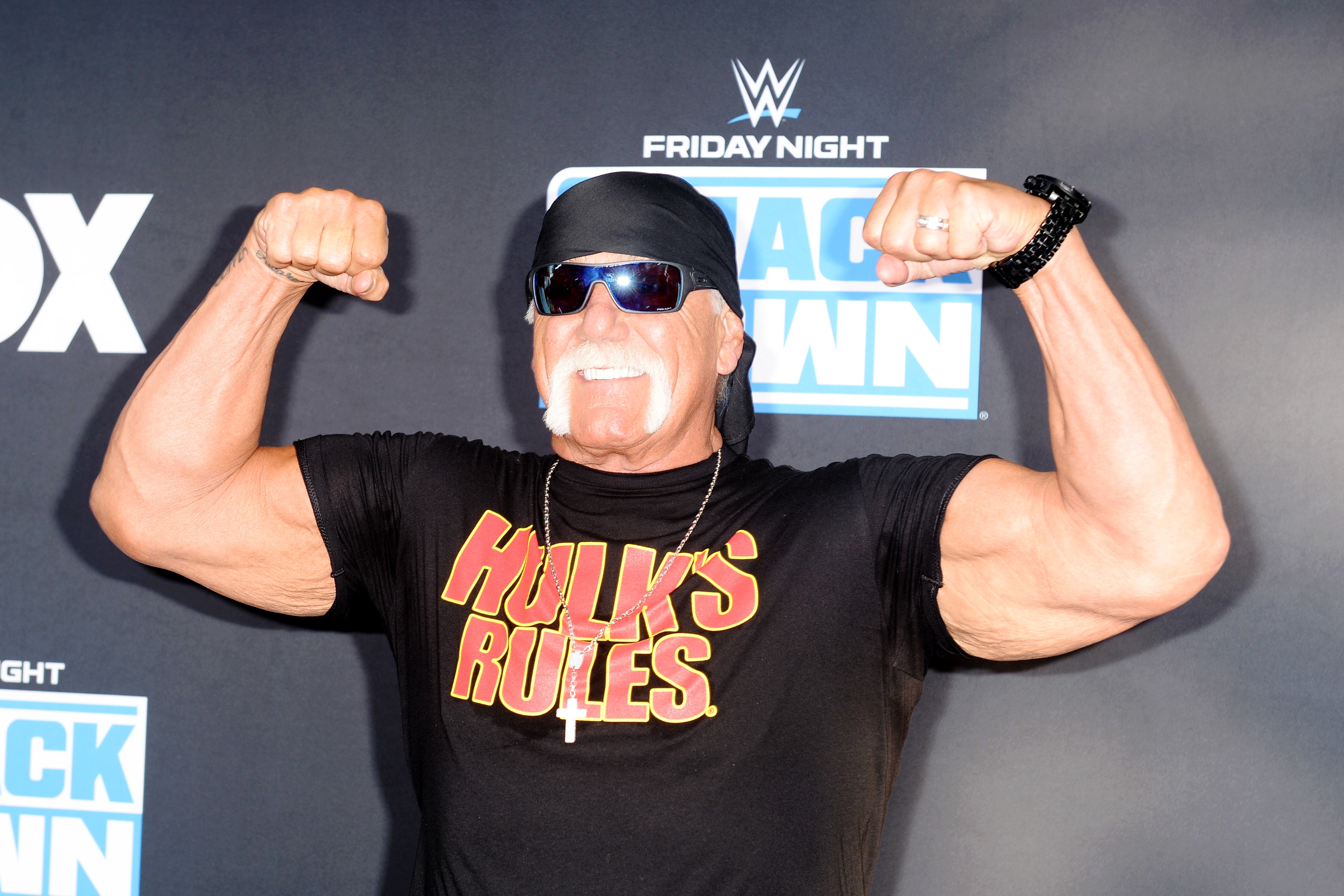
A great believer in self-mythologising, Hogan was known for stretching the truth about his already remarkable life – often to outrageous extremes.
Tall tales by the Hulkster include: the claim that Elvis Presley was a huge fan of his, despite the King passing away in 1977 – many years before Hogan’s rise to wrestling fame; that he was asked to play bass for Metallica – a claim that, when posed to band frontman James Hetfield prompted the response “Huh? Definitely not”; and that, due to the difference in time zones between the US and Japan, flying between both territories caused him to wrestle 400 days in a single year.
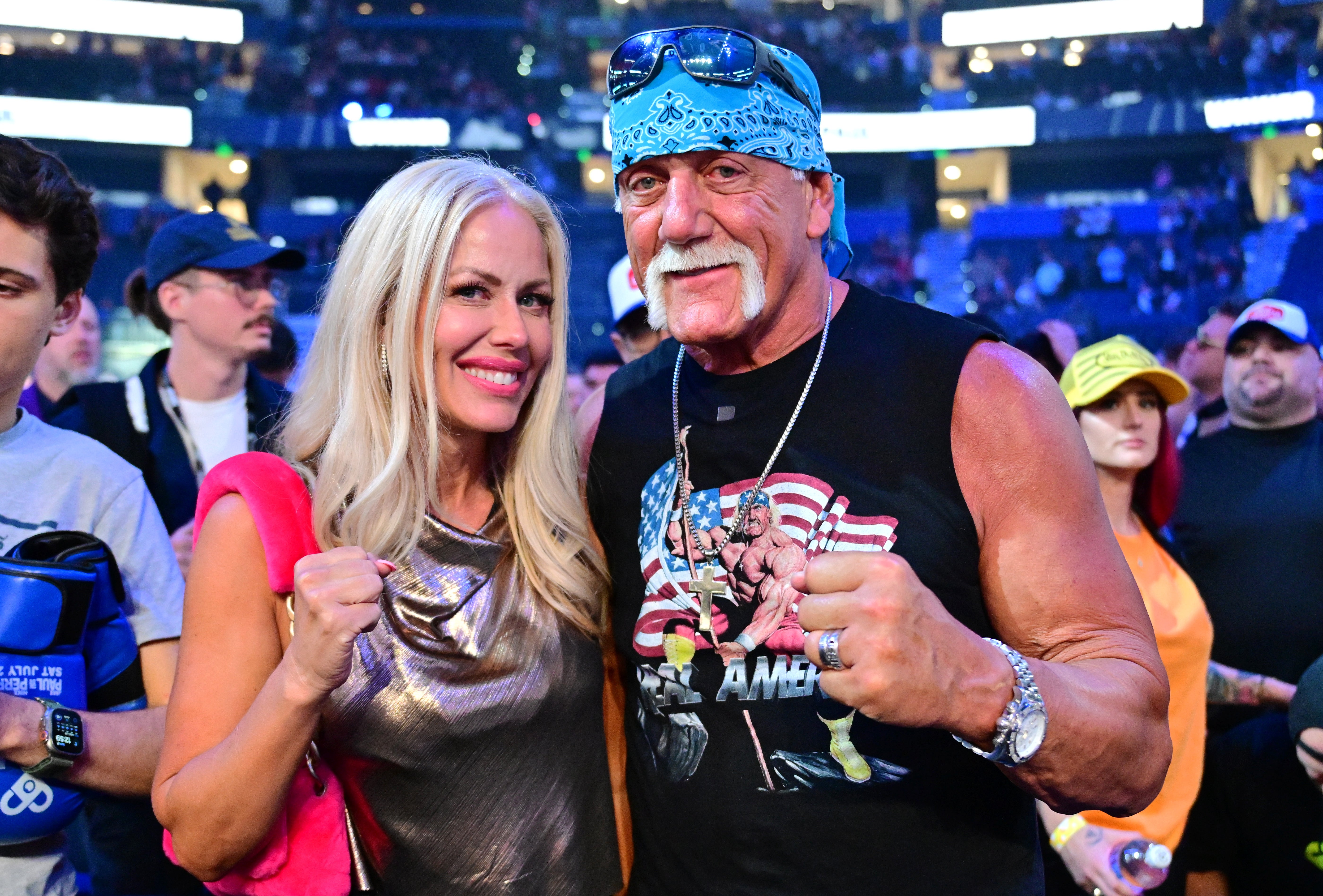
In the 2010s, Hogan’s public image was rocked by two major scandals. In 2012, a sex tape featuring the wrestler was leaked online, which saw him enter into a long legal battle with gossip website Gawker.
Hogan sued the company for more than $100m, and settled for a $31m payout in 2016. Hogan’s lawsuit against the company was bankrolled by billionaire Peter Thiel, who allegedly held a grudge against the website after it outed him as gay in 2007.
The case ended up being one of the most consequential privacy lawsuits in American history, and led to Gawker closing its doors in 2016.
Controversy struck again in 2015, when audio leaked of Hogan using extremely racist language, including multiple uses of the n-word.
While he apologized for the remarks, calling them “the biggest mistake of [his] life”, the incident saw WWE cut ties with him for several years, including removing him from any upcoming media, including documentaries and video games, and expelling him from the hall of fame.
However, he was later reinstated in 2018, and enjoyed a good working relationship with WWE until his final years.
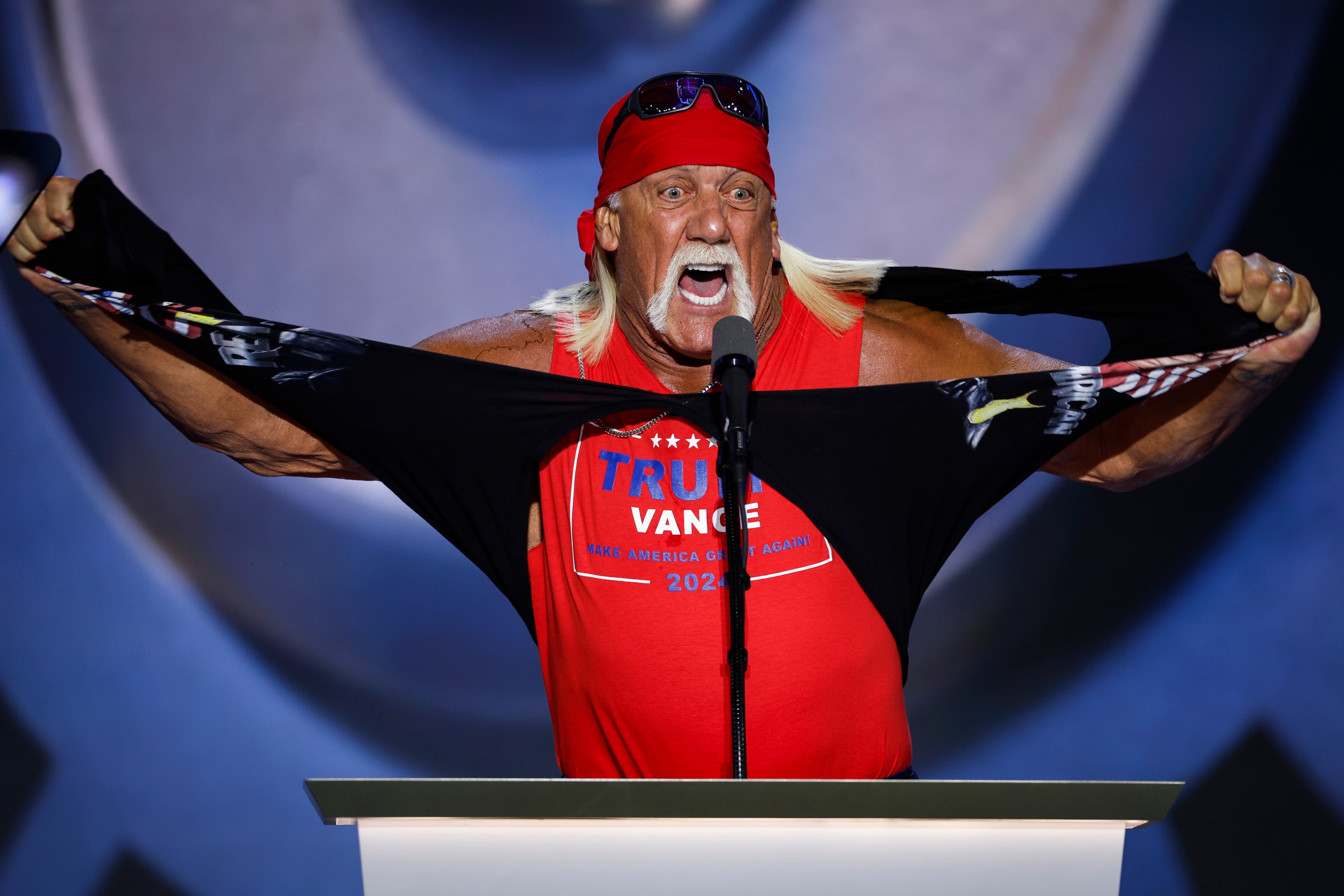
In 2024, Hogan spoke at the Republican National Convention on behalf of former president Donald Trump as part of his re-election campaign.
Hogan exuberantly called on voters to support Donald Trump, a fellow veteran of reality TV, as he led the crowd in chants of “USA! USA!” and hammed it up for the cameras.
Taking to the stage to his wrestling theme tune “Real American”, Hogan roared: “Well, let me tell you something brother!!” – one of his biggest catch phrases during his professional career.
“What happened last week...when they took a shot at my hero....They tried to kill the greatest president of the United States!” he bellowed, referring to the Butler, Penn., assassination attempt on Trump.
“Enough was enough!!”
The appearance drew criticism from fans, who viewed it as further confirmation of his racism.
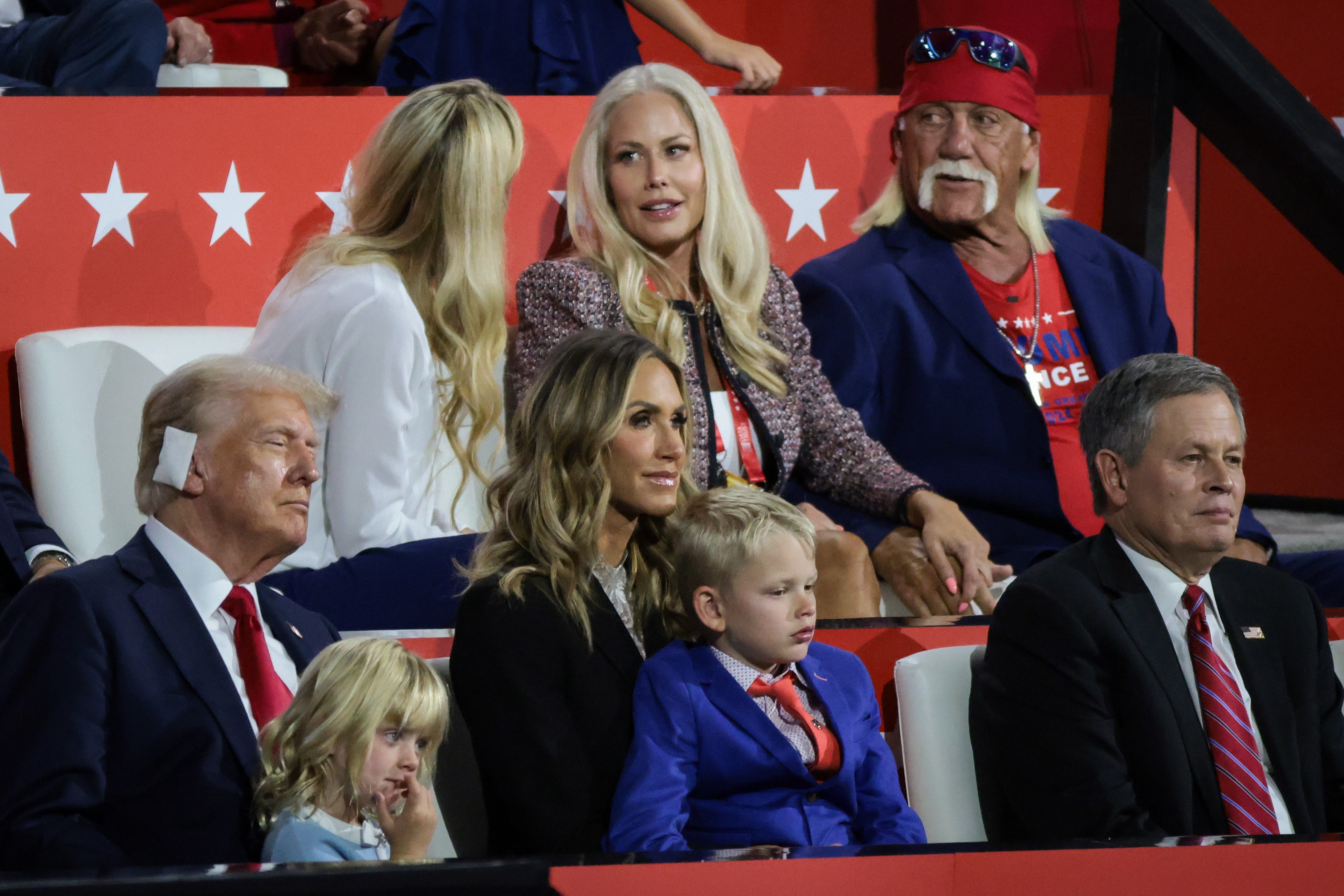
Despite his personal failings, it cannot be denied that Terry “Hulk Hogan” Bollea is as consequential to professional wrestling as any one person can be to any industry.
No man has done as much for the business, and his contributions will remain as immortal as the Hulk Hogan character. He is survived by his children Brooke and Nick, and his wife, Sky Daily.
Terry Gene Bollea, born Aug. 11, 1953, died July 24, 2025.
